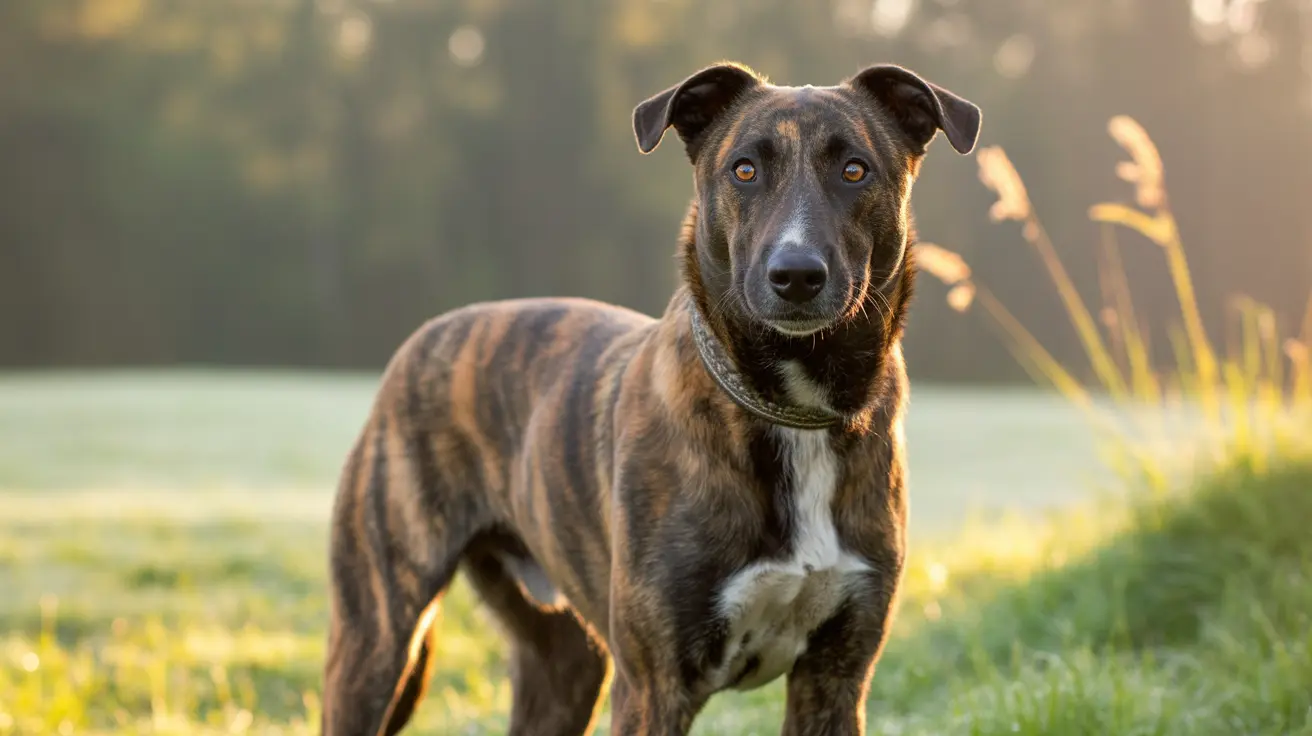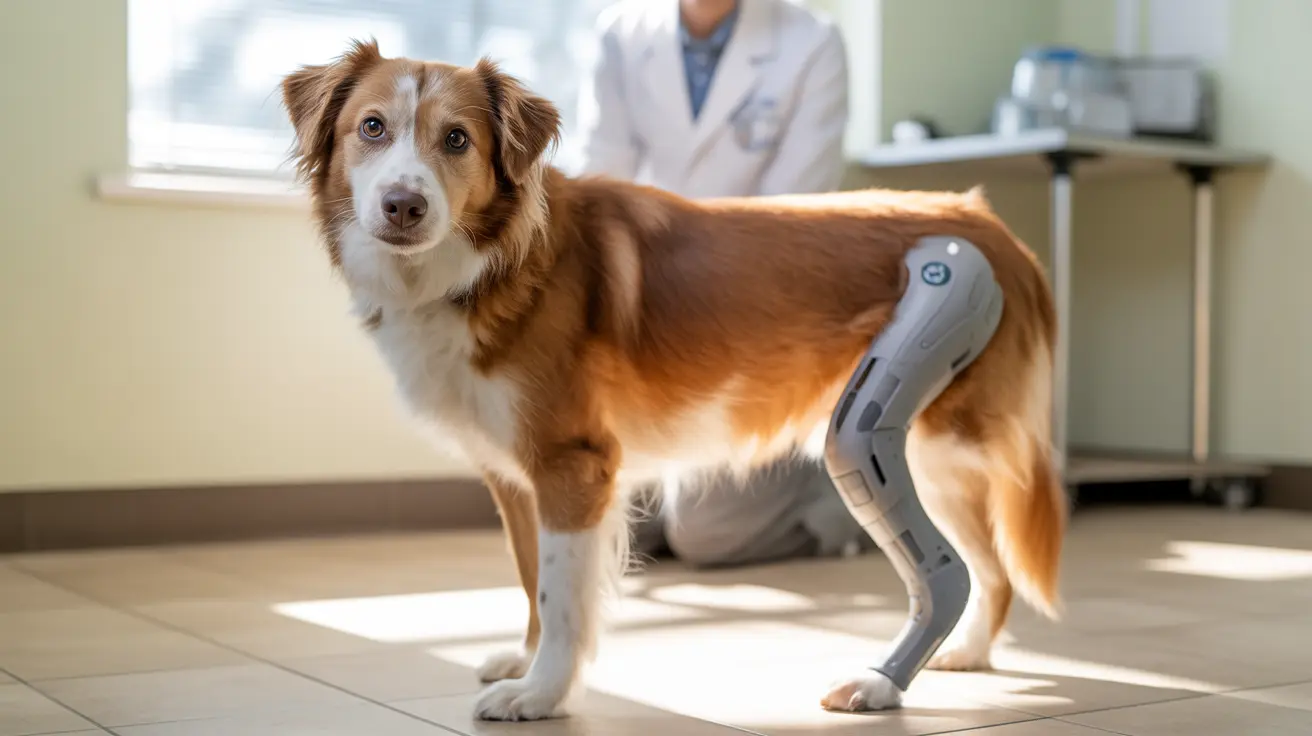After giving birth, a mother dog's nutritional needs change dramatically to support both her recovery and milk production for her puppies. Understanding what to feed a mother dog after giving birth is crucial for ensuring the health and wellbeing of both the mother and her litter. This comprehensive guide will walk you through the essential aspects of post-whelping nutrition.
Understanding Increased Nutritional Demands
During the lactation period, a mother dog's caloric requirements can increase up to six times her normal intake, depending on her litter size. This dramatic increase is necessary to produce adequate milk and maintain her own body condition. Without proper nutrition, both the mother's health and the puppies' development can be compromised.
Best Food Choices for Nursing Dogs
High-quality puppy food is often the best choice for nursing mothers. These formulas are specifically designed with higher levels of protein, fat, and calories that closely match a nursing dog's needs. Look for foods with at least 29% protein and 17% fat content to support milk production.
Commercial Dog Food Options
- Premium puppy kibble should form the foundation of the nursing mother's diet. Many veterinarians recommend well-known brands that offer:
- High-quality animal protein sources
- Balanced calcium and phosphorus levels
- Essential fatty acids
- Comprehensive vitamin and mineral profiles
Supplemental Nutrition
- Consider adding these supplements to support lactation:
- Wet food for additional hydration
- Calcium supplements (only under veterinary guidance)
- Omega-3 fatty acid supplements for milk quality
- Digestive aids if needed
Feeding Schedule and Portions
Free-feeding is often recommended for nursing mothers, as they need constant access to food to maintain their energy levels. If measuring portions, divide the daily amount into 3-4 meals to ensure consistent nutrition throughout the day. The total amount should be adjusted based on the mother's appetite and weight maintenance.
Hydration Requirements
Access to fresh, clean water is crucial for nursing mothers. Water intake directly affects milk production, and nursing dogs can drink up to three times their normal amount. Place multiple water bowls near feeding and resting areas to encourage proper hydration.
Transitioning Through Different Stages
As puppies begin weaning (around 4-6 weeks), gradually decrease the mother's food intake. This transition should be monitored carefully to prevent rapid weight loss or engorgement. Work with your veterinarian to develop an appropriate schedule for reducing portions.
Signs of Nutritional Issues
- Watch for these warning signs that may indicate nutritional problems:
- Excessive weight loss
- Decreased milk production
- Lethargy or weakness
- Poor puppy growth
- Loss of appetite
- Dehydration symptoms
Frequently Asked Questions
What is the best food to feed a mother dog after giving birth to support milk production?
High-quality puppy food is ideal, as it contains elevated levels of protein, fat, and calories necessary for milk production. Look for foods with at least 29% protein and 17% fat content.
How much should I increase my dog's food intake during lactation and why?
Food intake should increase by 25% per puppy, potentially reaching 2-4 times the normal amount during peak lactation. This increase supports milk production and prevents maternal weight loss.
Why is high-quality puppy food recommended for nursing mother dogs?
Puppy food contains higher levels of protein, fat, and calories needed for lactation. It also provides balanced calcium and phosphorus levels crucial for milk production.
What key nutrients are essential in a mother dog's diet after whelping?
Essential nutrients include high-quality protein, healthy fats, calcium, phosphorus, vitamins, and minerals. These support milk production, maternal health, and puppy development.
How should I adjust my nursing dog's diet as her puppies begin to wean?
Gradually reduce food portions as puppies start eating solid food (around 4-6 weeks). Monitor the mother's weight and condition while slowly transitioning back to normal adult portions.
Remember to always consult with your veterinarian about specific dietary needs, as requirements can vary based on breed, litter size, and individual health conditions.






